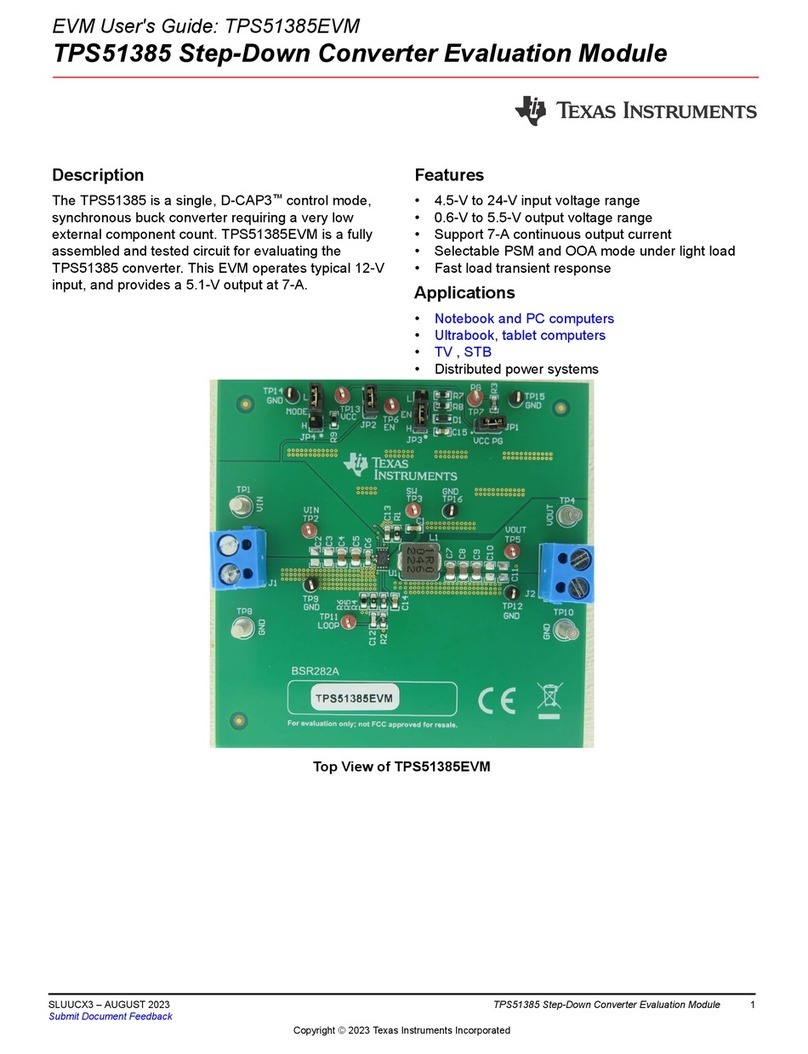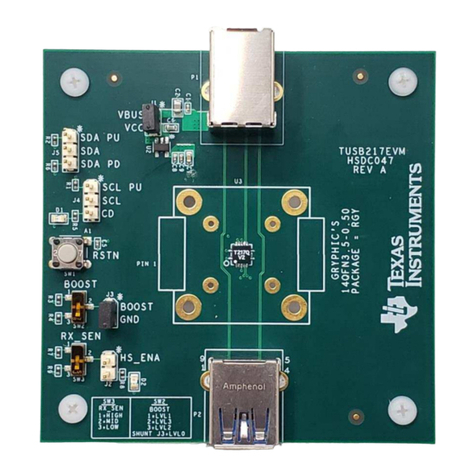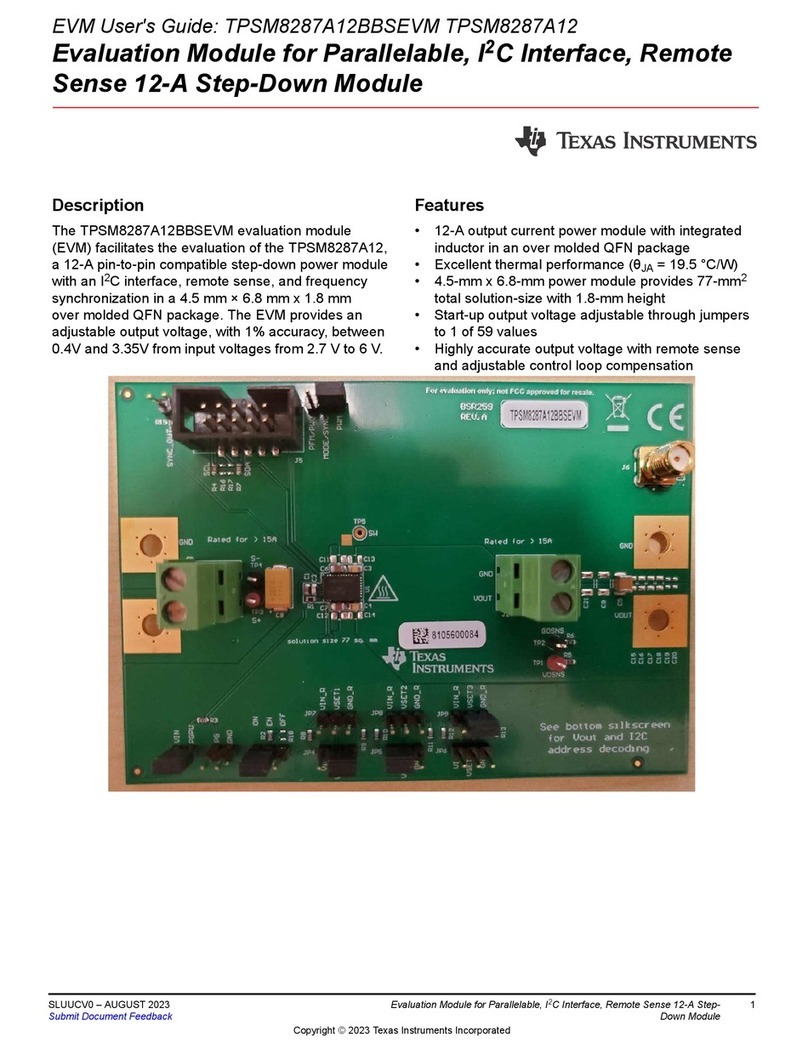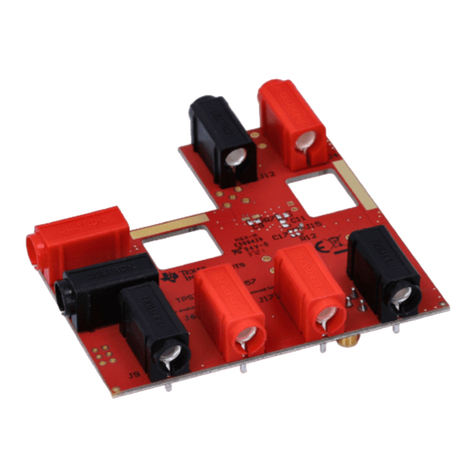Texas Instruments TPS7H2140-SEP User manual
Other Texas Instruments Motherboard manuals
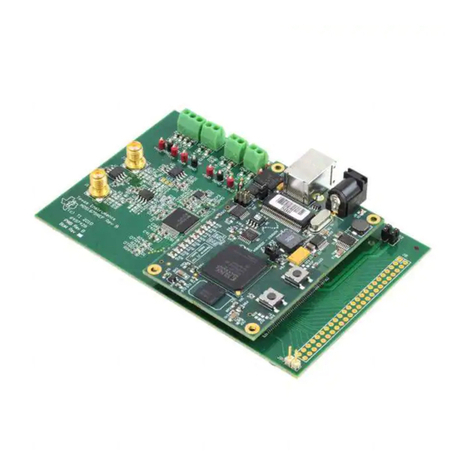
Texas Instruments
Texas Instruments ADS1675REF User manual
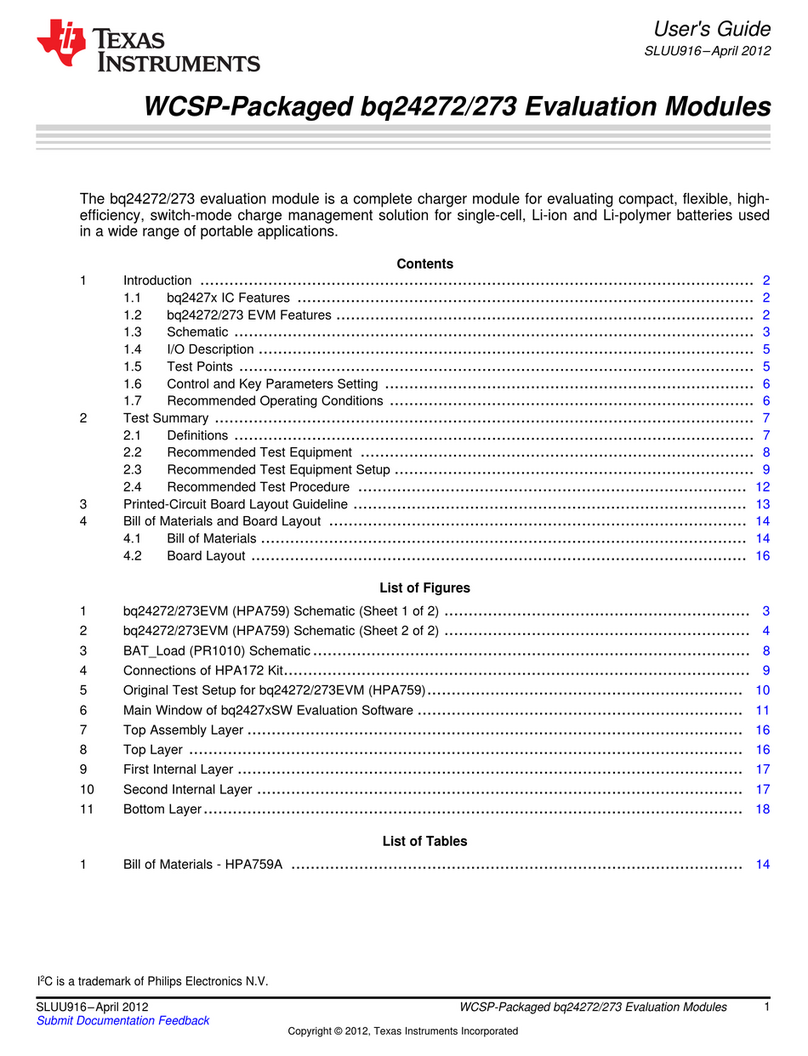
Texas Instruments
Texas Instruments WCSP-Packaged bq24272 User manual

Texas Instruments
Texas Instruments RS485-HF-DPLX-EVM User manual
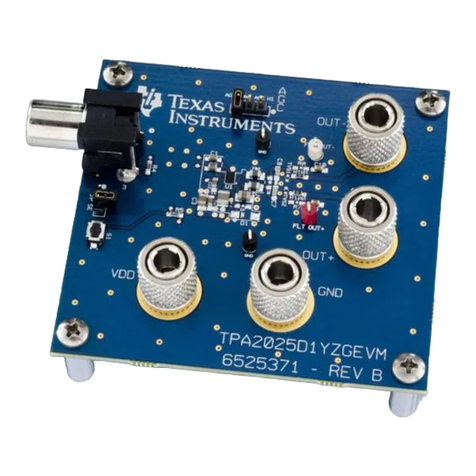
Texas Instruments
Texas Instruments TPA2025D1 User manual
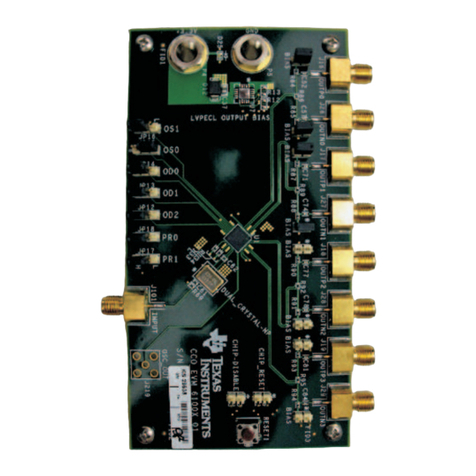
Texas Instruments
Texas Instruments CDCM61004 User manual
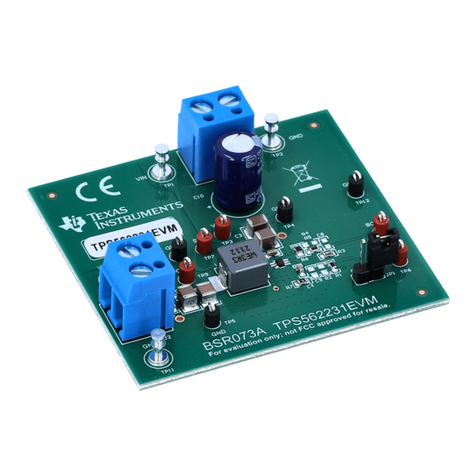
Texas Instruments
Texas Instruments TPS562231EVM User manual
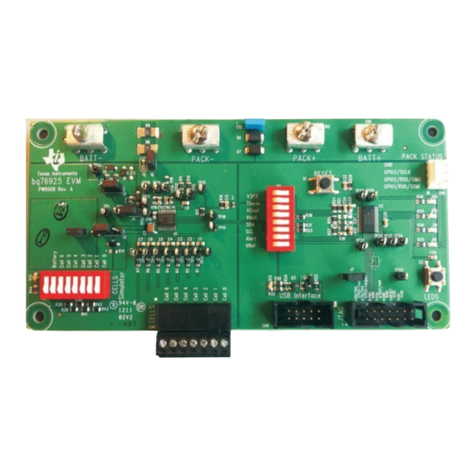
Texas Instruments
Texas Instruments bq76925EVM User manual
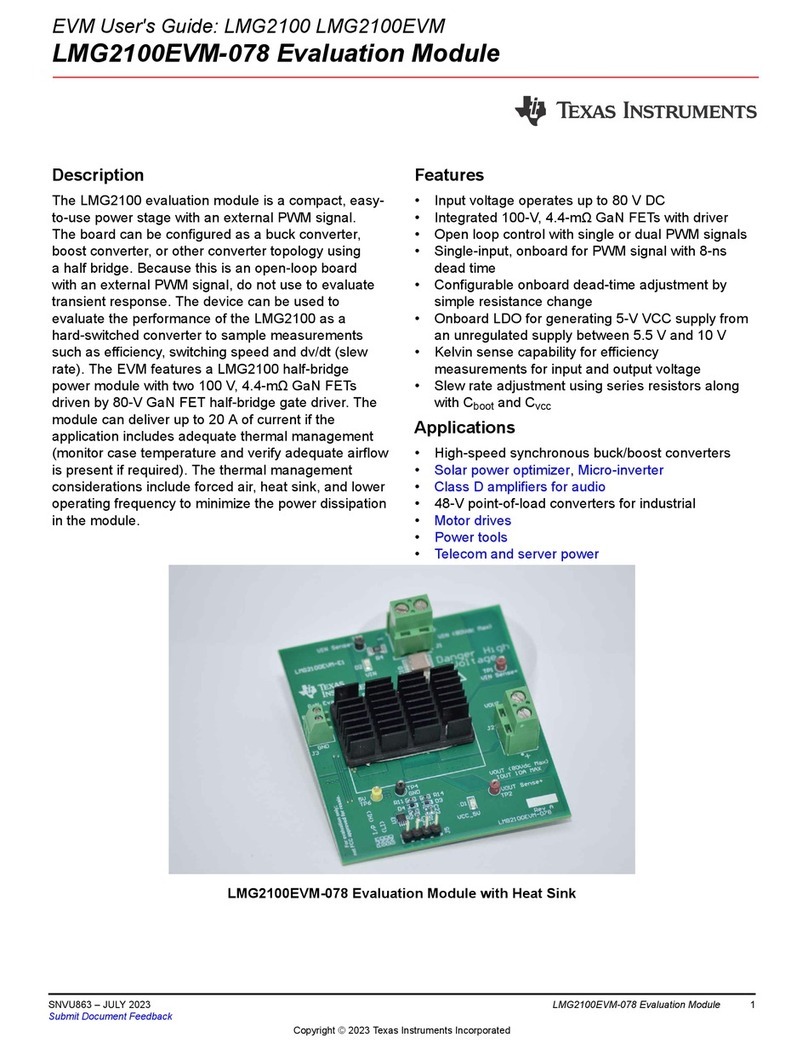
Texas Instruments
Texas Instruments LMG2100 User manual
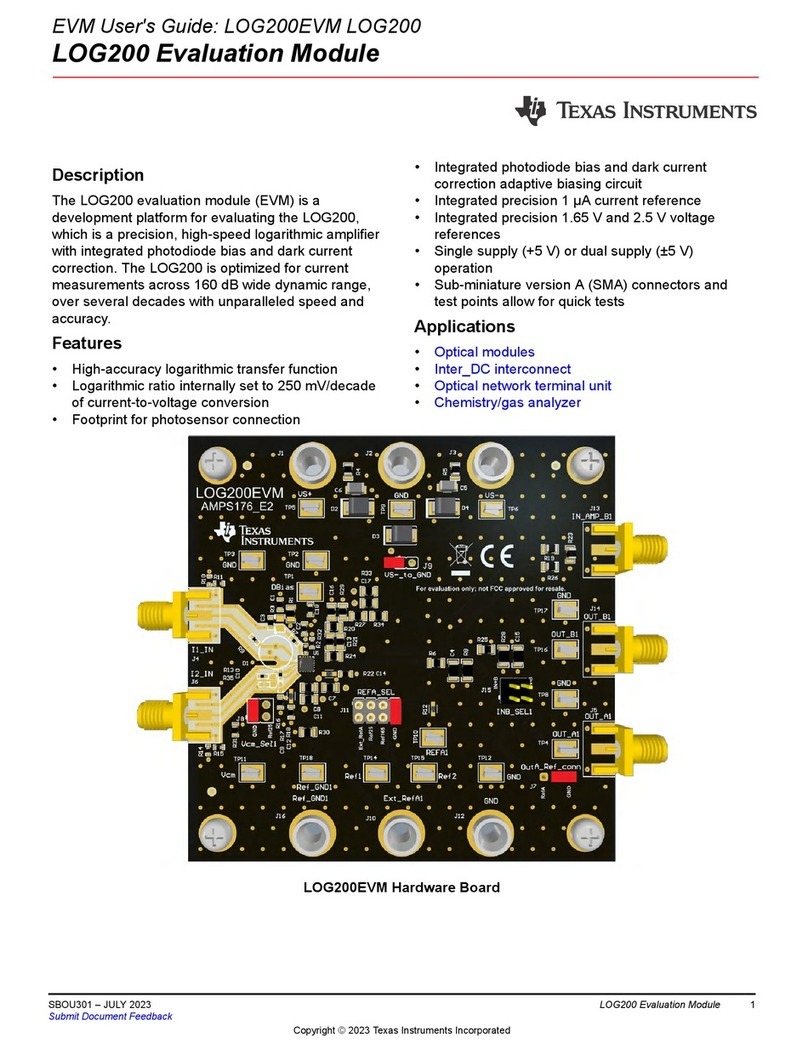
Texas Instruments
Texas Instruments LOG200EVM User manual
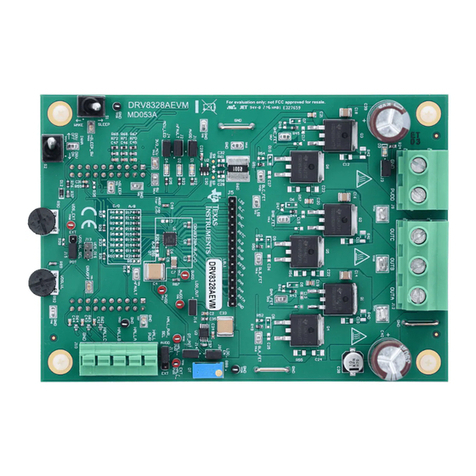
Texas Instruments
Texas Instruments DRV8328 EVM Series User manual
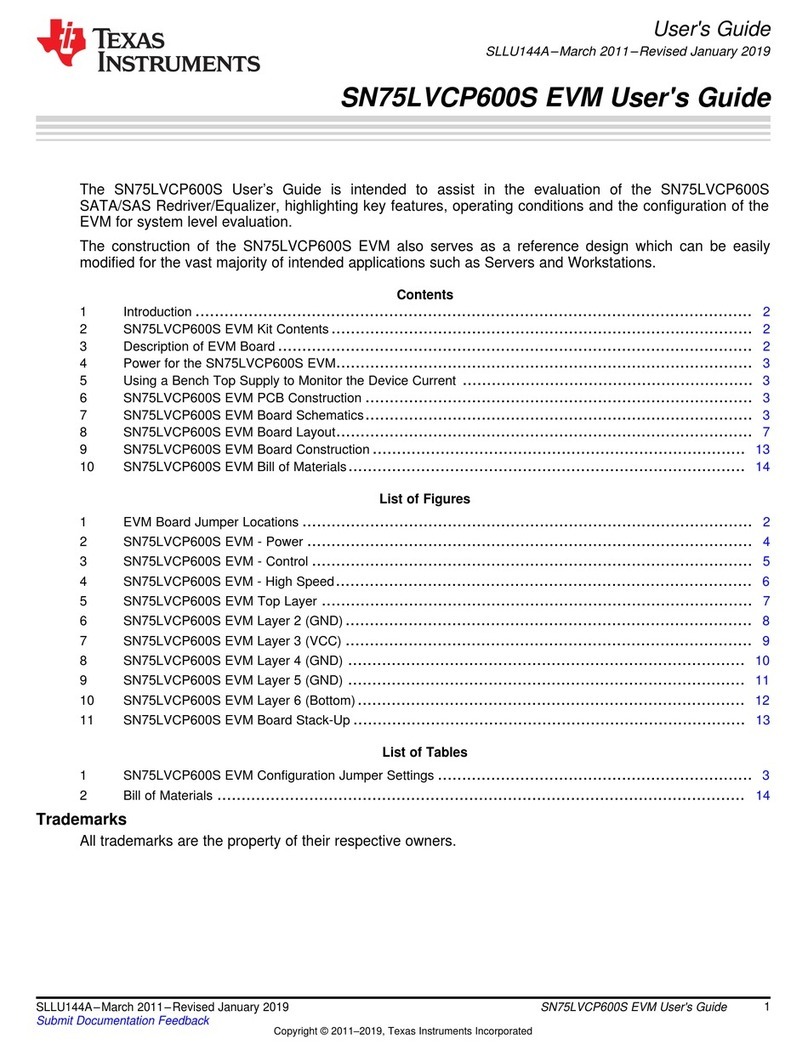
Texas Instruments
Texas Instruments SN75LVCP600S User manual
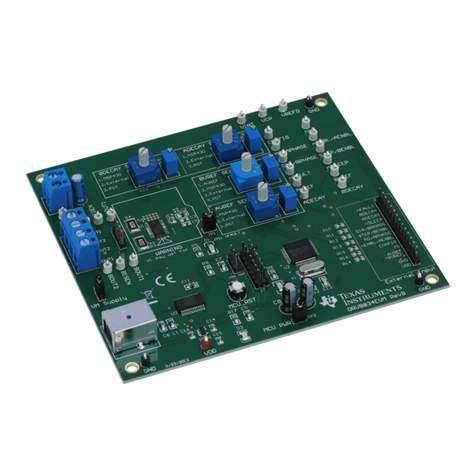
Texas Instruments
Texas Instruments DRV8834EVM User manual
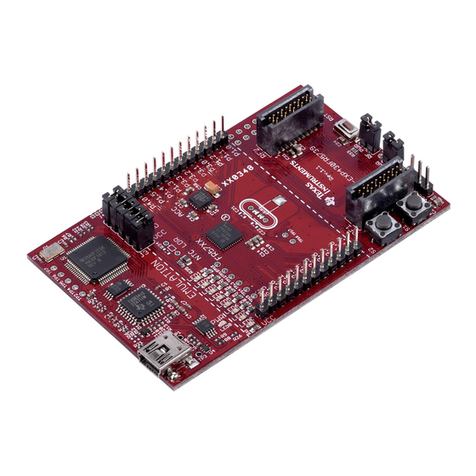
Texas Instruments
Texas Instruments MSP430FR57 Series User manual
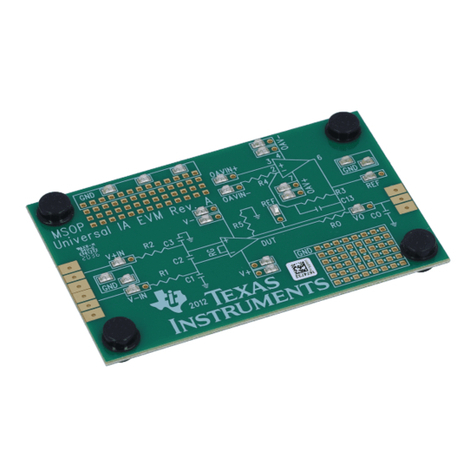
Texas Instruments
Texas Instruments Modular MSOP8 EVM User manual

Texas Instruments
Texas Instruments TPS65257 User manual
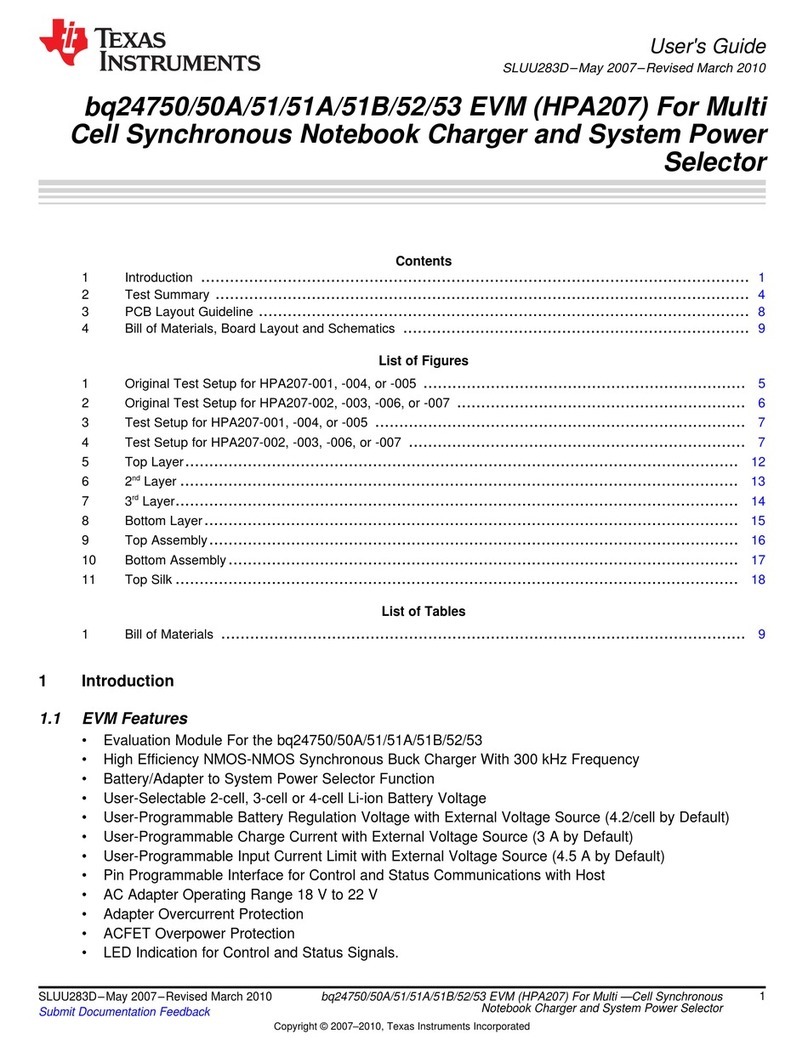
Texas Instruments
Texas Instruments bq24750A User manual

Texas Instruments
Texas Instruments AMC1203EVM User manual
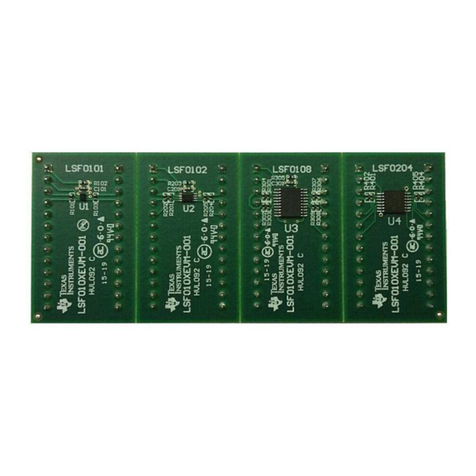
Texas Instruments
Texas Instruments LSF010XEVM-001 User manual
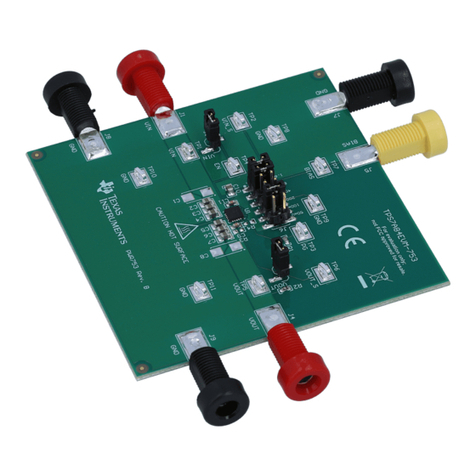
Texas Instruments
Texas Instruments TPS7A84EVM-753 User manual
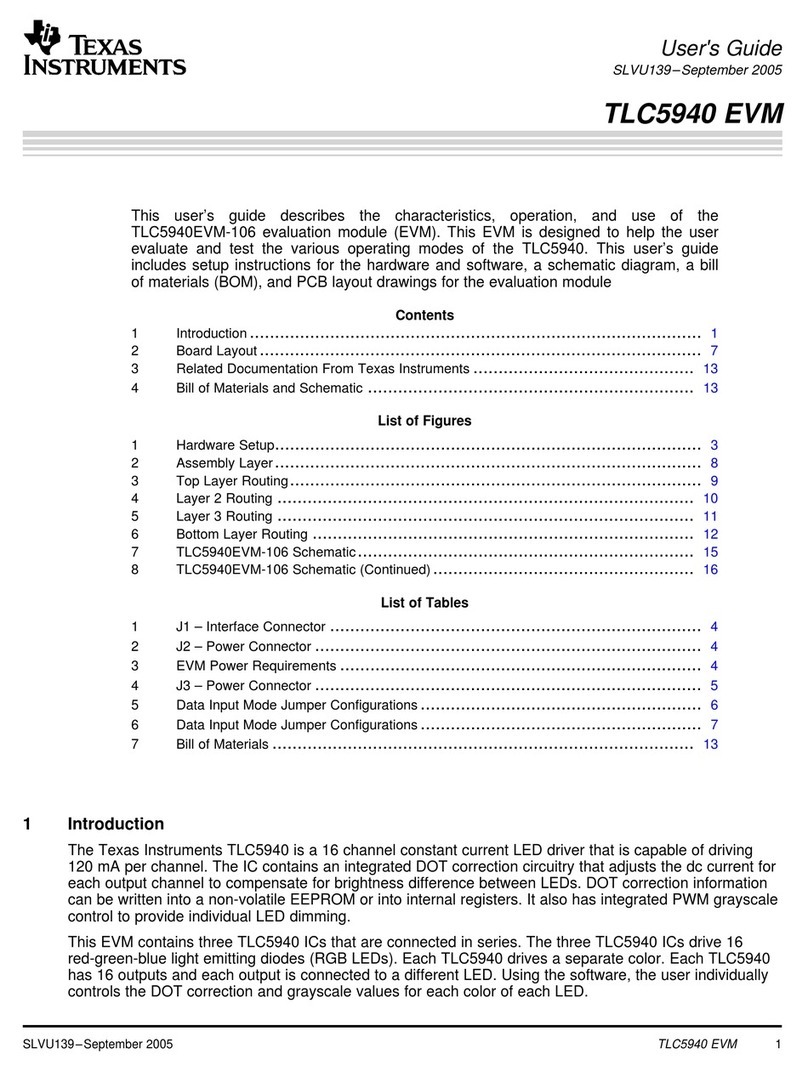
Texas Instruments
Texas Instruments TLC5940 EVM User manual
